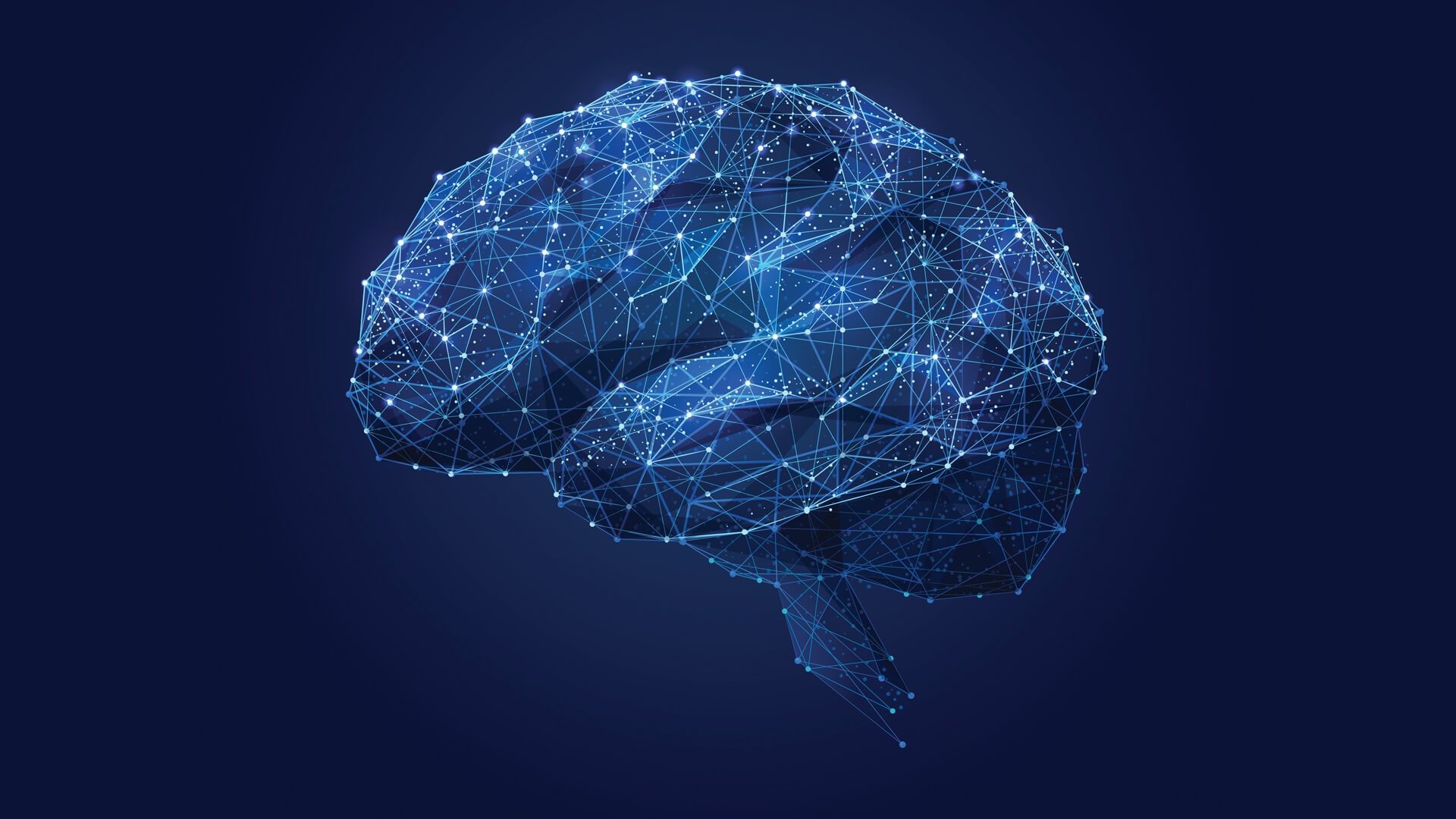Introduction
In 2019 KidsPeace’s Pennsylvania Community Programs launched a new service – an addiction treatment program known as “dual-diagnosis,” meaning it was designed to serve those individuals struggling with both addiction and a mental health condition. The program utilizes an approach called The Matrix Model that provides the therapist the ability to address the various issues facing their client in a flexible and comprehensive way.
Background
The Matrix Model is a multi-element package of complementary therapeutic strategies that combine to produce an integrated outpatient treatment experience. That combination can be seen as a set of evidence-based practices intended to be delivered in a clinically coordinated manner as a program. The Matrix Model was developed by Richard A. Rawson, Ph.D and Michael McCann, M.A., as a result of their extensive research on addiction and based on a collaboration of studies focusing on brain imaging, clinical trials on pharmacological and psychosocial addiction treatments, and evidence-based behavioral interventions. Through their research, Rawson and McCann discovered ways to implement their research findings into clinical practice.
The Matrix Model was developed at the height of the cocaine epidemic in the 1980s. In urban areas of Los Angeles, cocaine and crack use was on the rise, resulting in users in need of treatment beginning to attend the Matrix Clinic for assistance with their substance use problems. The development of the Matrix Model was influenced by an ongoing interaction between clinicians working with clients and researchers collecting information. Through the information gathered and working with clinicians, materials were written to help guide the clinical staff with how to work collaboratively with their clients, as well as to teach Cognitive Behavioral strategies and basic brain research to clients and their families. In addition, the authors wrote manuals for clients that contained handouts for each session and included homework assignments to help them remain focused on their recovery outside of sessions.
The Mission and Goals of the Matrix Model
The Mission of the Matrix Model is to “improve lives of individuals and families affected by alcohol and other drug use through treatment, education, training, and research by promoting a greater understanding to improve the quality and availability of addiction treatment services.” Each session/group is specific, with its own topic, purpose, and goal, and is delivered best in sequence. The goal of the model is to provide stabilization, abstinence, maintenance, and relapse prevention. This is achieved by the use of their five core clinical areas:
- Individual/Conjoint sessions
- Early Recovery Skills Group
- Relapse Prevention Groups
- Family Education Group
- Social Support Group
The relationship between the therapist and the client is one of the primary treatment dynamics of the model, in which the therapist is a combination of teacher, coach, and concerned human being. With this approach, clients are able to build rapport with their primary therapist and have a safe place to discuss their addiction in a non-judgmental context. The individual sessions help the continuity of the primary treatment dyad, and therefore the retention of the client in the treatment process. The therapist approaches the clients from a strength-based perspective, focusing on the positive and reinforcing progress.
The Matrix Model also incorporates the collaboration of the client’s family and loved ones as a part of their recovery process. Often, family members do not understand the disease of addiction; in response, the Family Education Group provides psychoeducation about addiction, recovery treatment, and the resulting interpersonal family dynamics. The group also provides a program component for clients and their families to participate in treatment together, as well as an opportunity to become comfortable with the treatment process. Addiction is presented to the family as a chronic condition, which they can help to remediate by providing support for the client. Successfully engaging families in this component of treatment has shown to significantly improve the probability of retaining the client in treatment for the duration of the program.
Integrative and Structured Approach
Many of the treatment strategies that contribute to the success of the Matrix Model were derived from evidence-based practices like Cognitive Behavioral Therapy (CBT) and Motivational Interviewing (MI). In addition, the model incorporated clinical research literature, research on relapse prevention, psychoeducational information, and 12-step program involvement.
Structure is also a critical element, as functioning within a structure can decrease stress and provide consistency and predictability – aspects that are incompatible with an addict’s spontaneous, unplanned, and chaotic lifestyle. The program emphasizes the importance of attendance, participation in community self-help groups, and an individualized roadmap for recovery for each client. In addition, helping the clients to create a schedule assists them with the concept of proactive planning of work, treatment, recovery, family, recreational, and relaxation activities. Learning to schedule and create structure this way makes it possible to teach the identification and avoidance of high-risk settings and people, as well as to promote engagement in new non-drug-related alternative behaviors.
Knowledge and skills that have been developed within the field of cognitive behavioral therapy (CBT) play a large role in the Matrix Model. Each of the Matrix groups are anchored with a specific CBT topic for each session. This approach teaches clients that drug use and relapse are not random events and that they can learn skills that can be applied in daily life to promote abstinence and prevent relapse. Relapse Analysis is a specific exercise used when the client relapses unexpectedly or repeatedly and does not seem to understand the causes of the relapses. Through the use of CBT techniques, the therapist comes to understand the context of the relapse to help reframe the event for the client; the ultimate goal is the therapist and client understanding issues and events that preceded the relapse, in order to prevent future relapses. The Matrix Model also helps clients to shift their thinking from viewing relapse as a failure and rather looking at it as a need for adjustment in their treatment plan.
There is a substantial amount of research supporting the efficacy of the systematic use of reinforcement for meeting specific behavioral criteria in the treatment of addiction. Contingency management research with substance abuse problems usually has targeted drug-free urine results, attendance at treatment sessions, or achieving treatment goals as the basis for receiving incentives. The Matrix Model suggests a combination of contingency management and positive reinforcement, including abstinence, urine results, attendance, promptness, and behavior in group.
The Matrix Model can be easily adapted and integrated into treatment in an outpatient therapy setting, as it is highly structured and expectations are clear. Clinical staff usually have a basic understanding of how to use its evidence-based practices, making it easy to follow the model. Key supervisors who are familiar with the use of the model are able to offer basic training and support to counselors through the use of supervision.
Co-Occurring Disorders
The Matrix Model can focus on both mental health and substance use disorders simultaneously and concurrently. Structure is the treatment choice for mental health and substance use, and can be effective in reducing the use of non-prescribed drugs while tracking compliance with prescribed psychiatric medication. The Matrix Model also includes the use of Site Specific Groups to address special needs of the treatment site’s particular client population. Topics may include trauma, anger management, mindfulness, parenting skills, depression, anxiety, and other common mental health disorders. This provides a platform for the clients to collaboratively receive psychoeducation about co-occurring mental health disorders and the role they play in their substance use.
Summary
The Matrix Model is the only treatment program noted by the National Institute of Drug Abuse (NIDA) as a scientific-based approach. It is different from other models in that it draws from Cognitive Behavioral Technique concepts, imbued with a Motivational Interviewing style and supplemented with Contingency Management. The disease of addiction is explained to the client and their family in a way that they can understand and teaches how substance abuse has changed the addict’s brain function. There is also research that supports clients attending more clinical sessions, staying in treatment longer, and have longer periods of abstinence with the use of the Matrix Model.
References
Carroll, K.M. and L.S. Onken (2005). “Behavioral techniques for drug abuse.” Am J Psychiatry
Rawson, R. A., M. J. McCann, et al. (2006). “A comparison of contingency management and cognitive-behavioral approaches for stimulant dependent individuals.” Addiction 101
Rawson, R.A., Shoptaw, S.J., Obert, J.L., McCann, M.J. Hassson, A.L., Marinelli-Casey, P.J. Brethen, P.R. & Ling, W. (1995). “An intensive outpatient approach for cocaine abuse treatment: The Matrix Model. Journal of Substance Abuse Treatment
Rawson, R. A., McCann M.J., Obert, J.L. (2005)The Matrix Model Handouts and Worksheets.
SAMSHA (2006). Matrix Intensive Outpatient Treatment for People with Stimulant Use Disorders. Rockville, MD: US Department of Health and Human Services.






